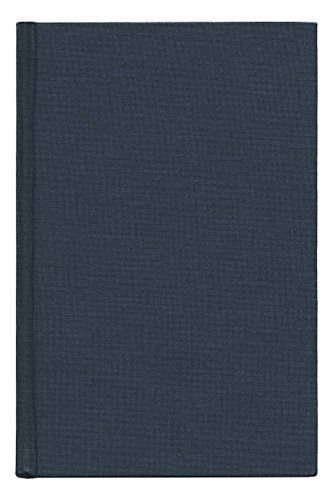
Modernism and the Middle East Architecture and Politics in the Twentieth Century
This provocative collection of essays is the first book-length treatment of the development of modern architecture in the Middle East. Ranging from Jerusalem at the turn of the twentieth century to Libya under Italian colonial rule, postwar Turkey, and on to present-day Iraq, the essays cohere around the historical encounter between the politics of nation-building and architectural modernism's new materials, methods, and motives. Architecture, as physical infrastructure and as symbolic expression, provides an exceptional window onto the powerful forces that shaped the modern Middle East and that continue to dominate it today. Experts in this volume demonstrate the political dimensions of both creating the built environment and, subsequently, inhabiting it. In revealing the tensions between achieving both international relevance and regional meaning, Modernism in the Middle East affords a dynamic view of the ongoing confrontations of deep traditions with rapid modernization. Political and cultural historians, as well as architects and urban planners, will find fresh material here on a range of diverse practices.